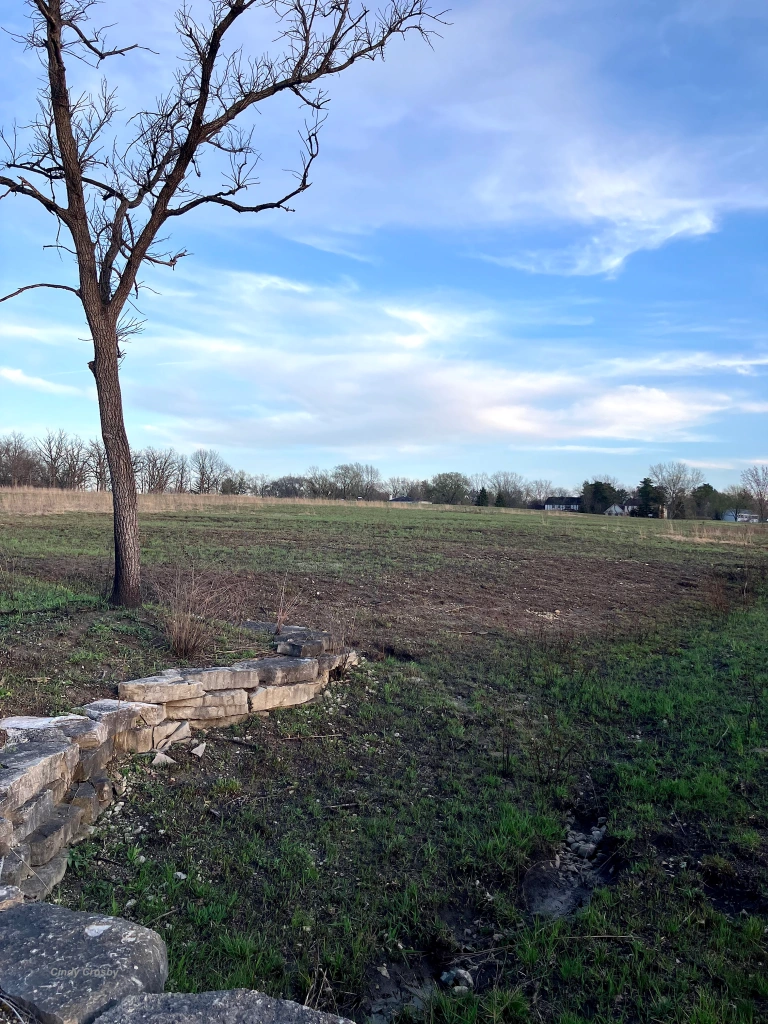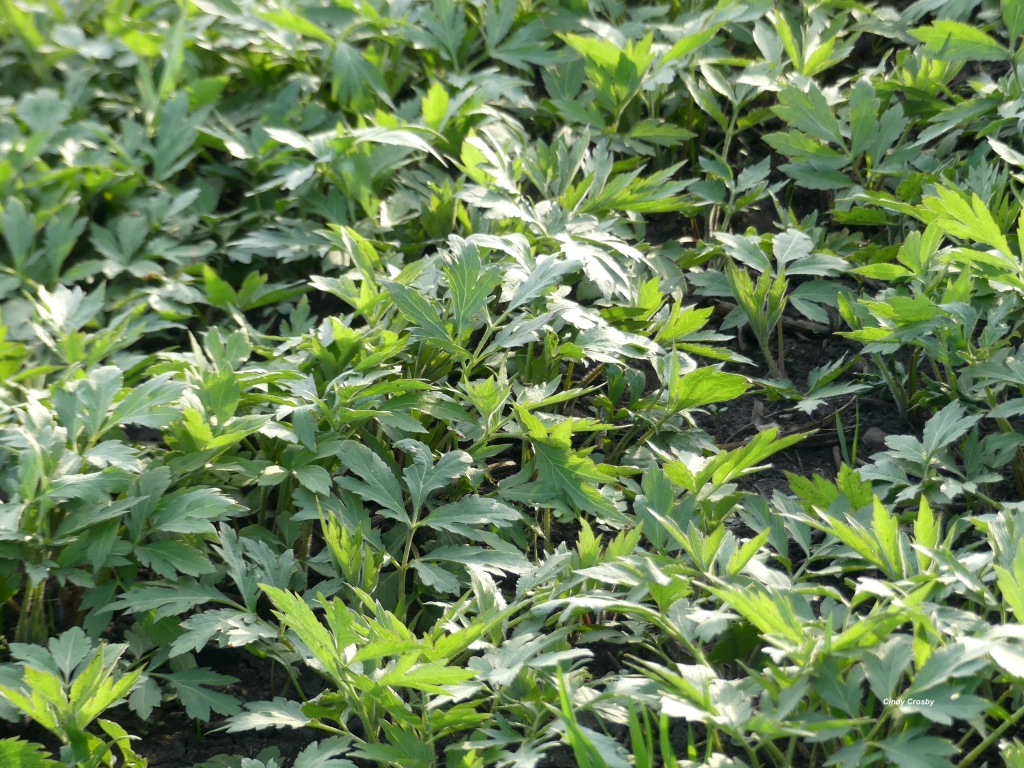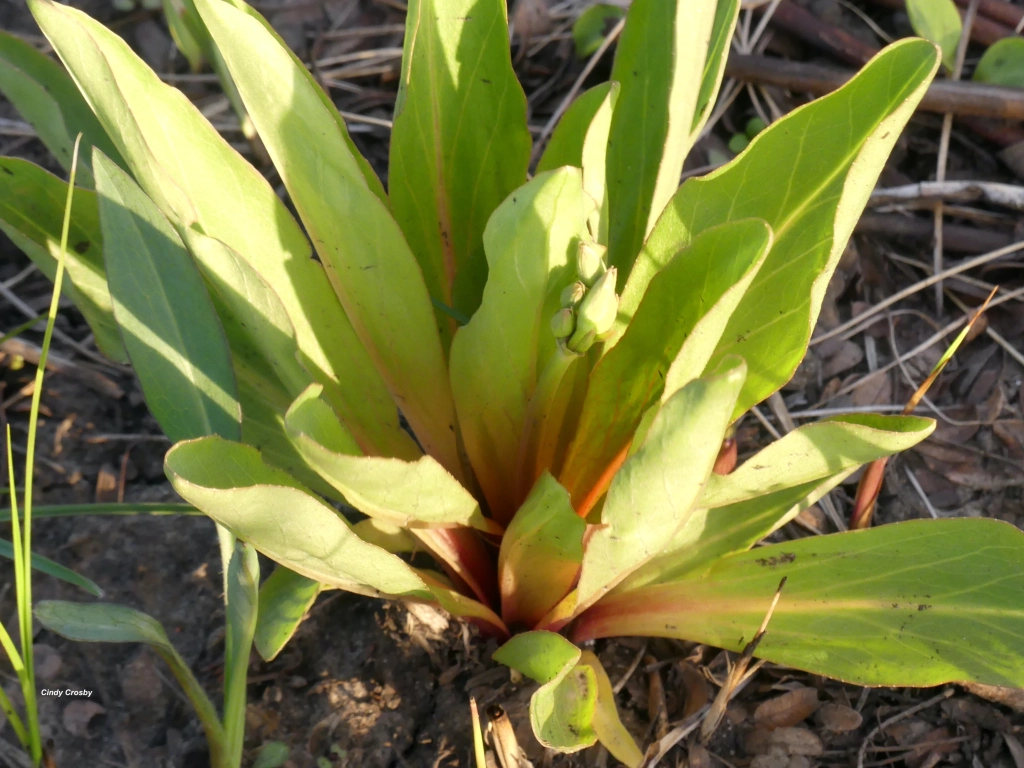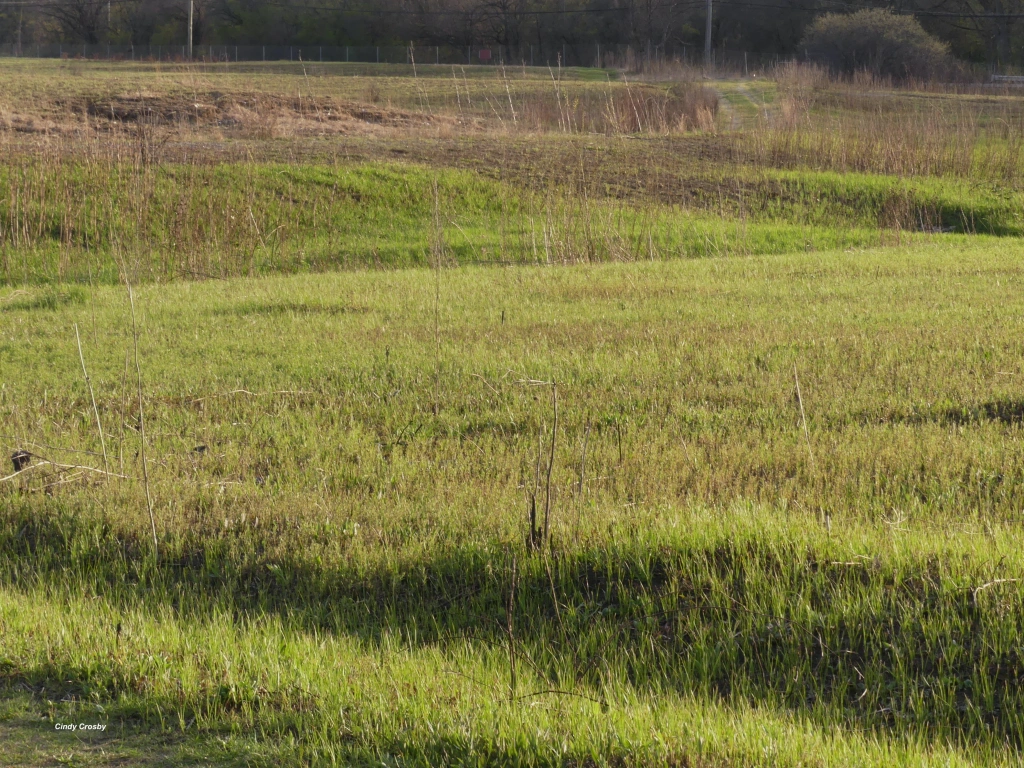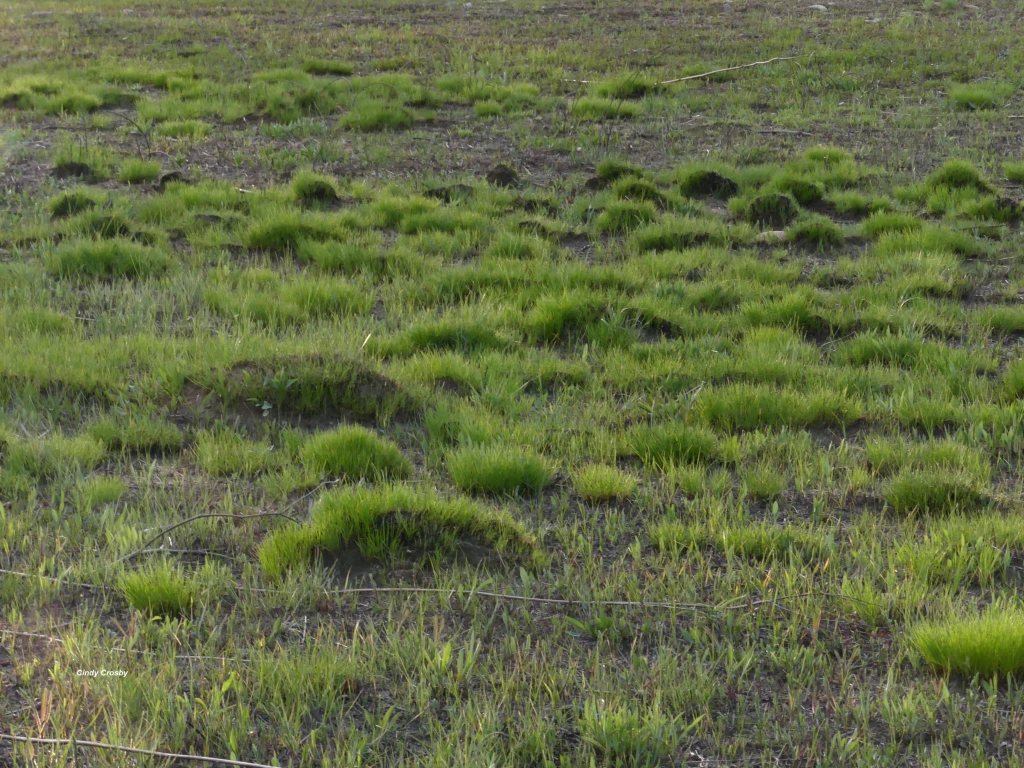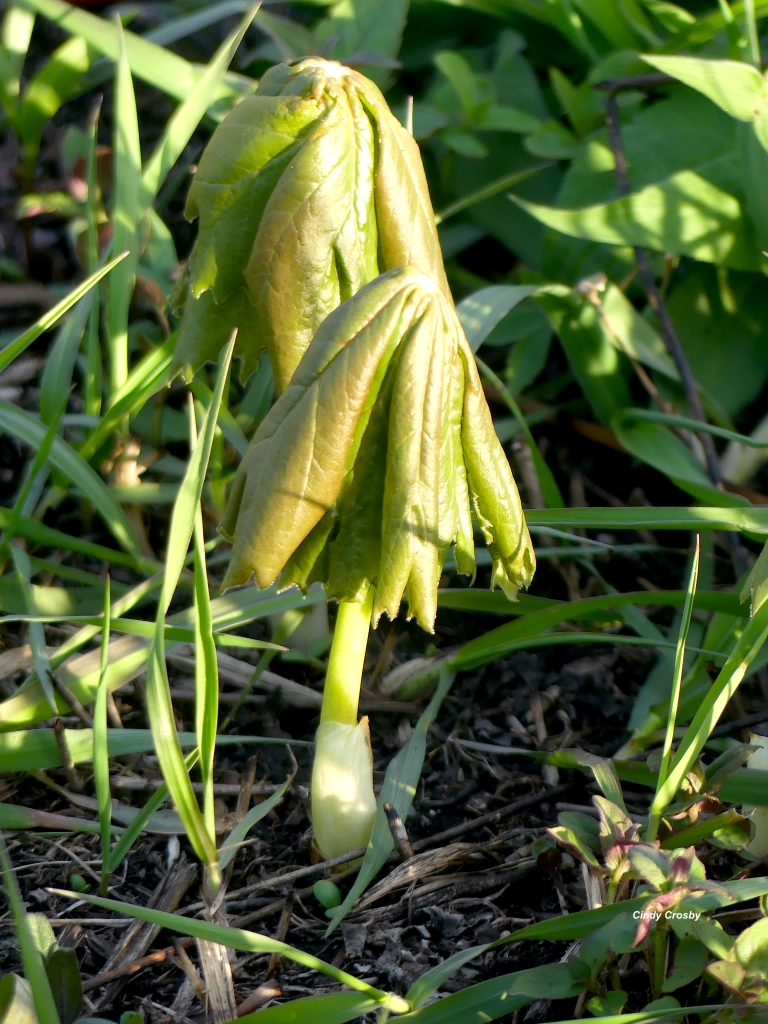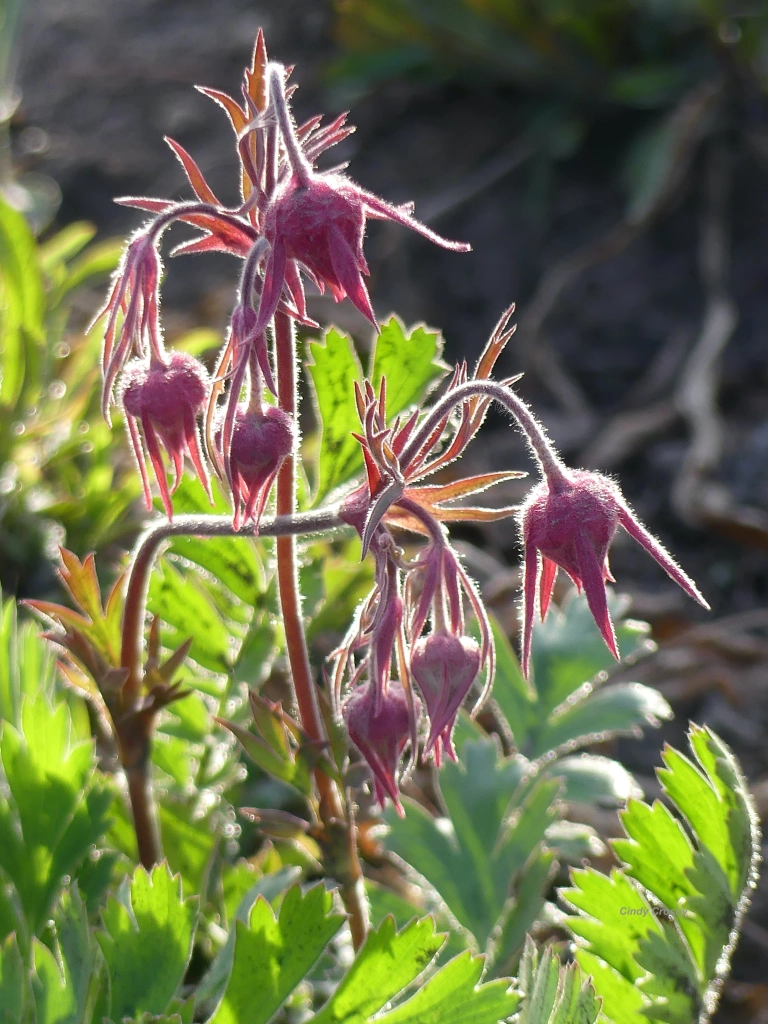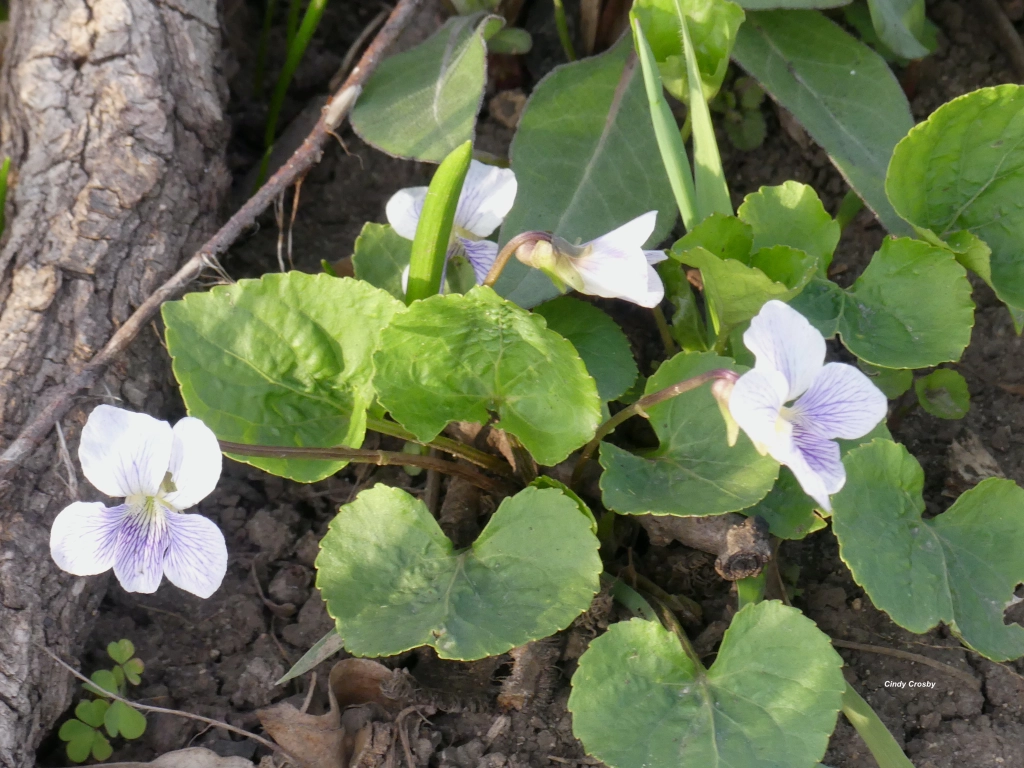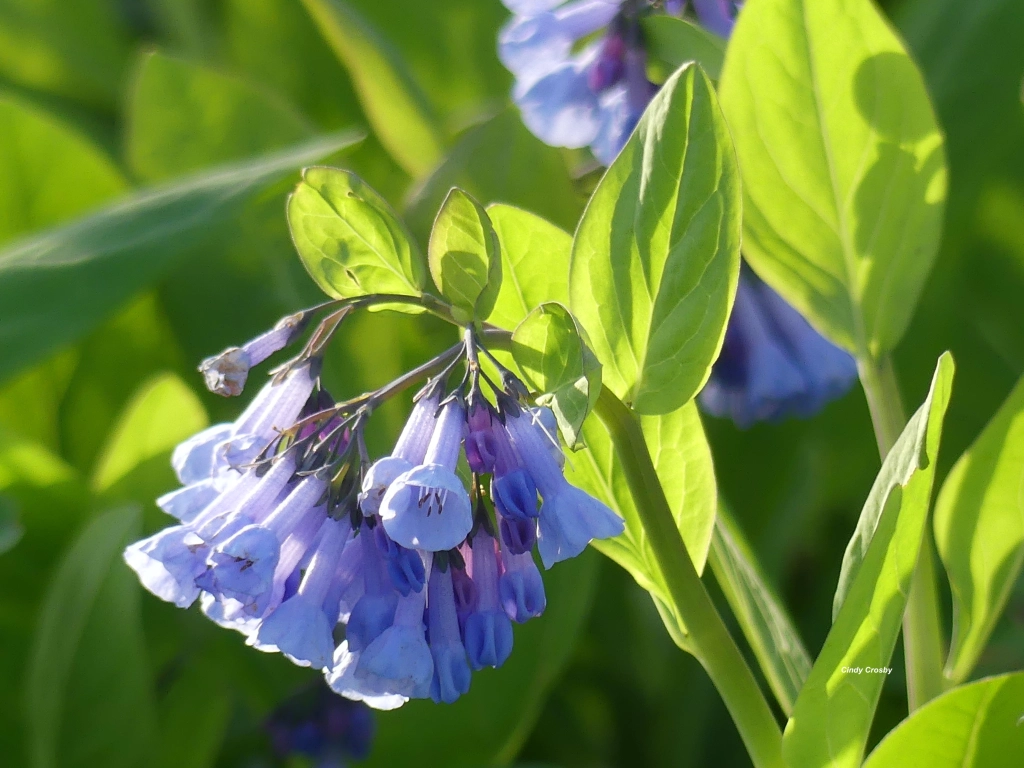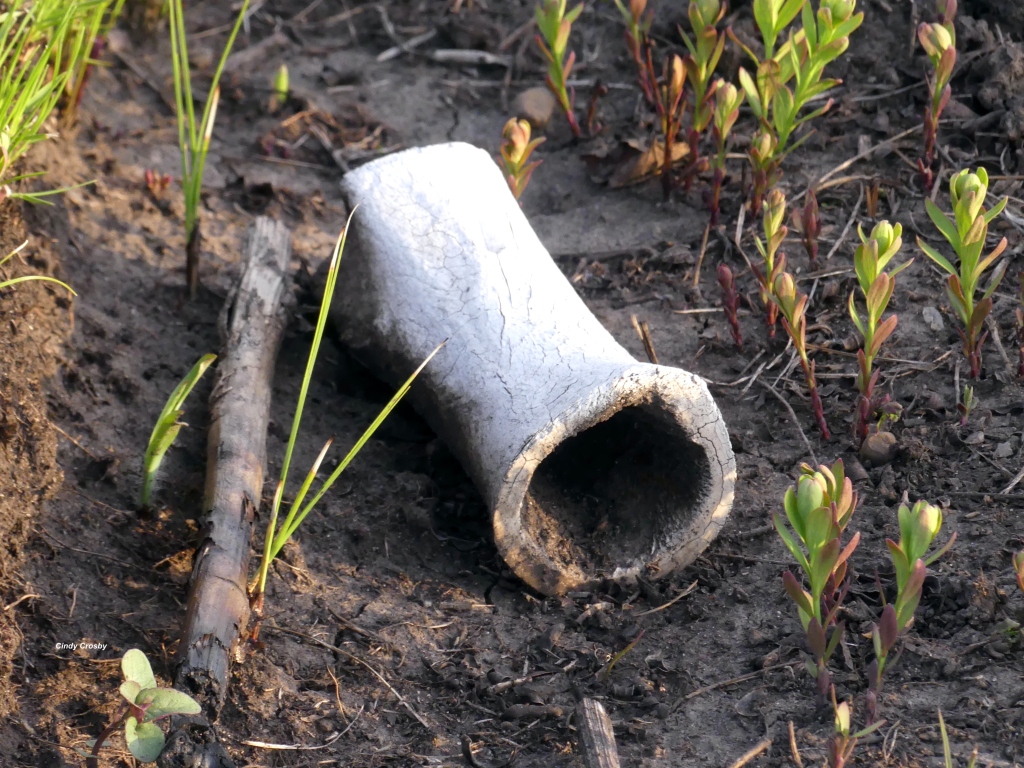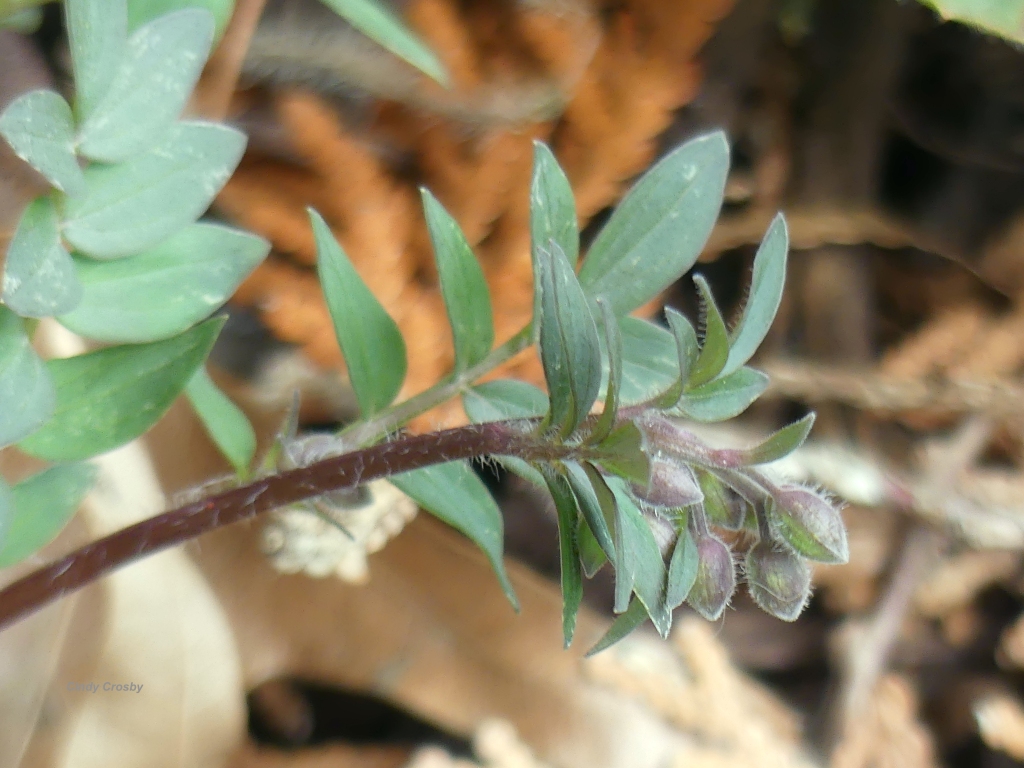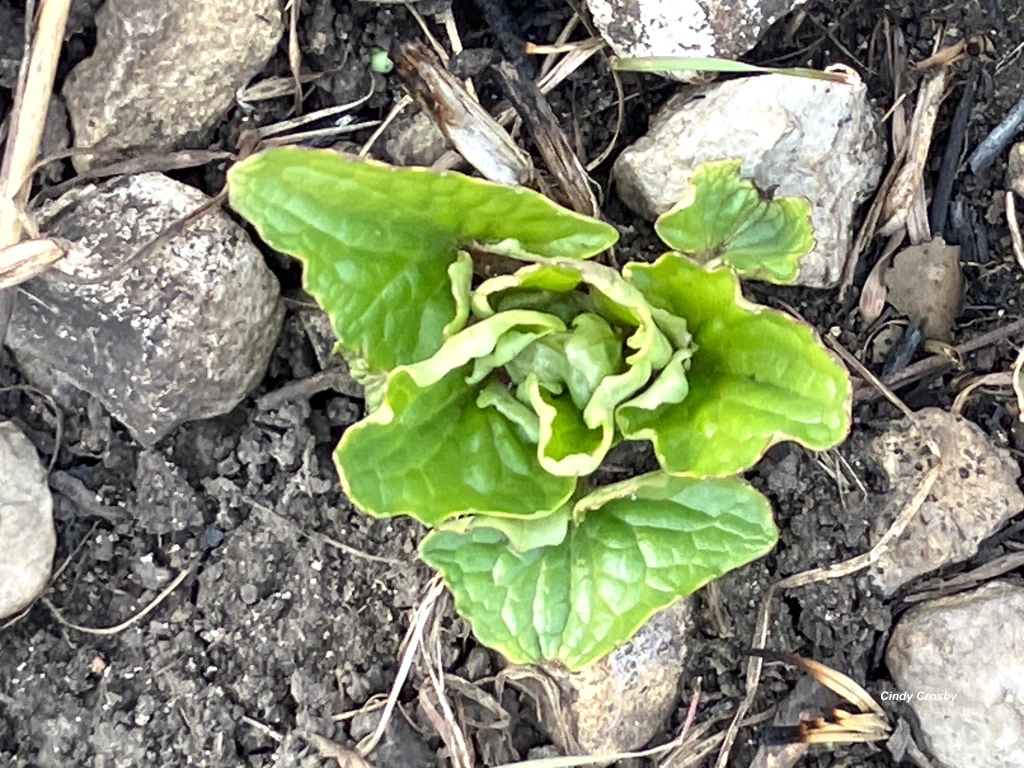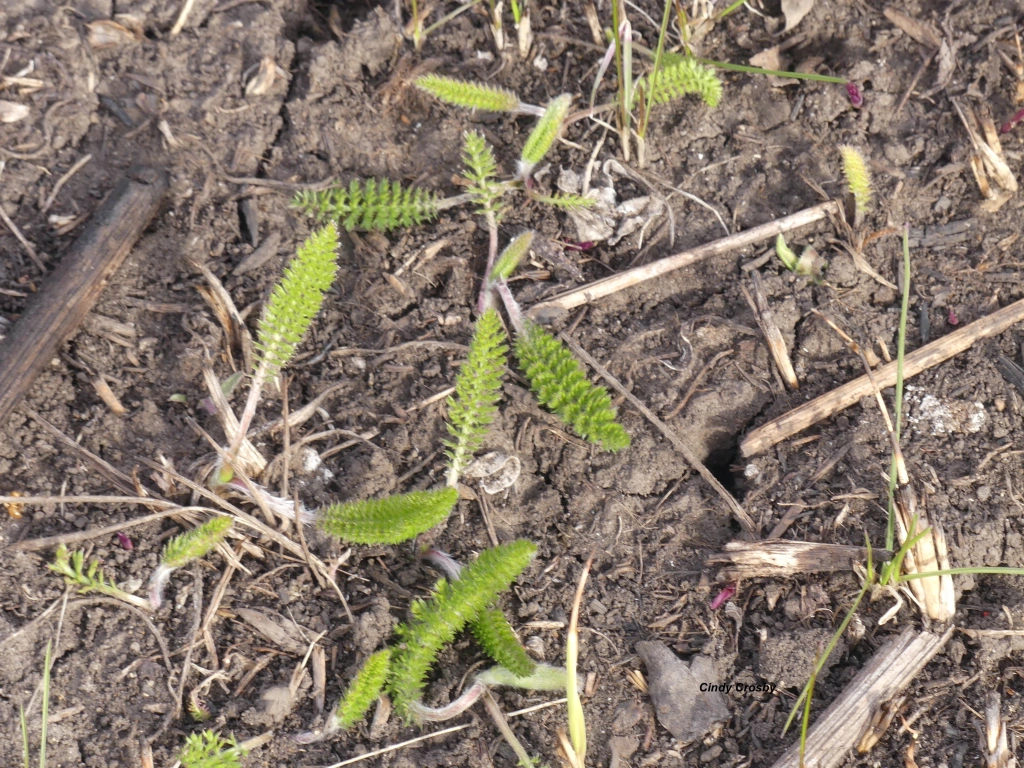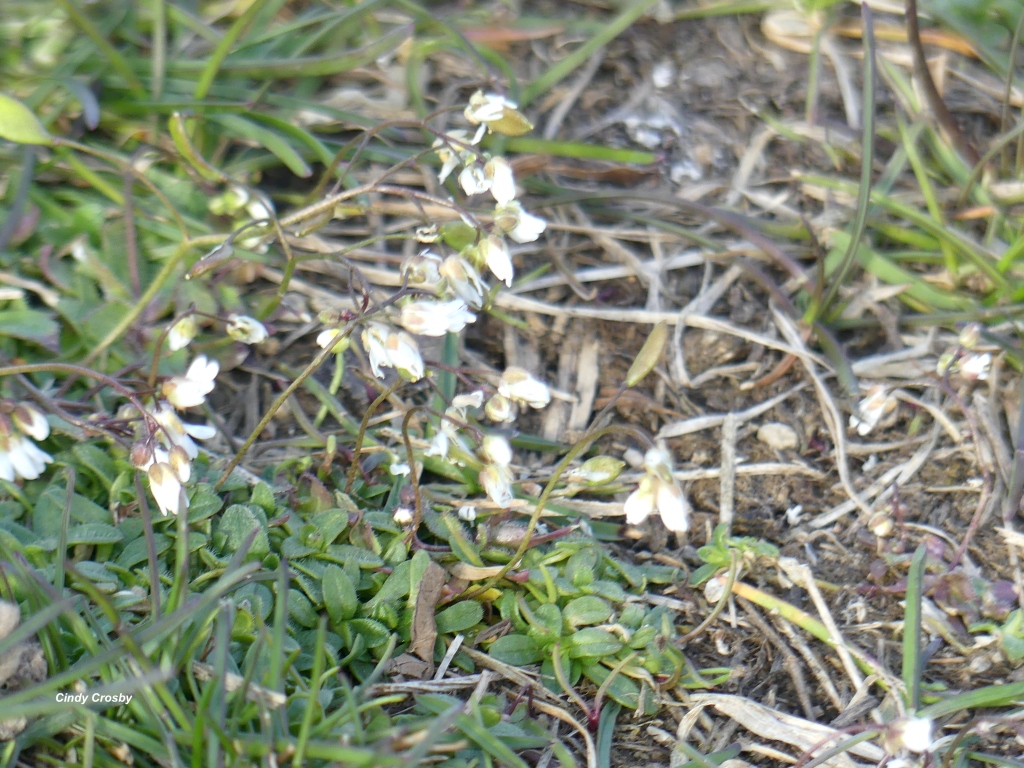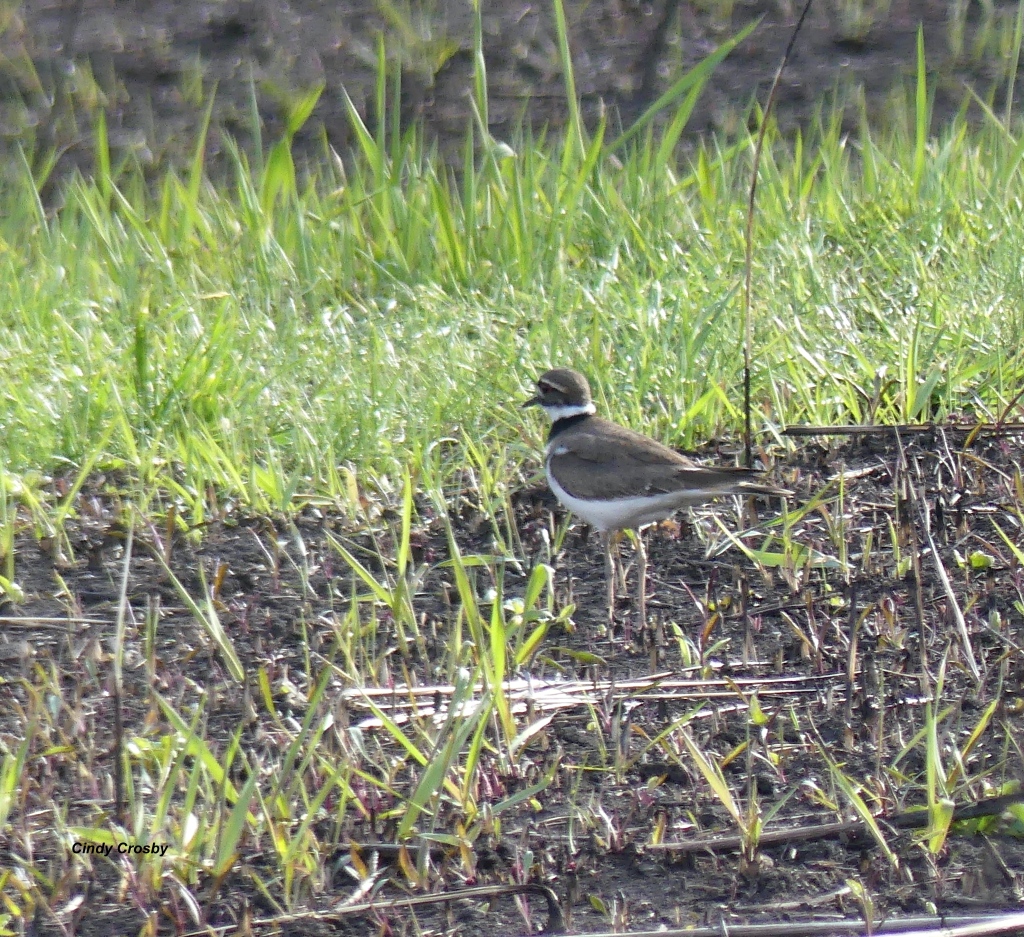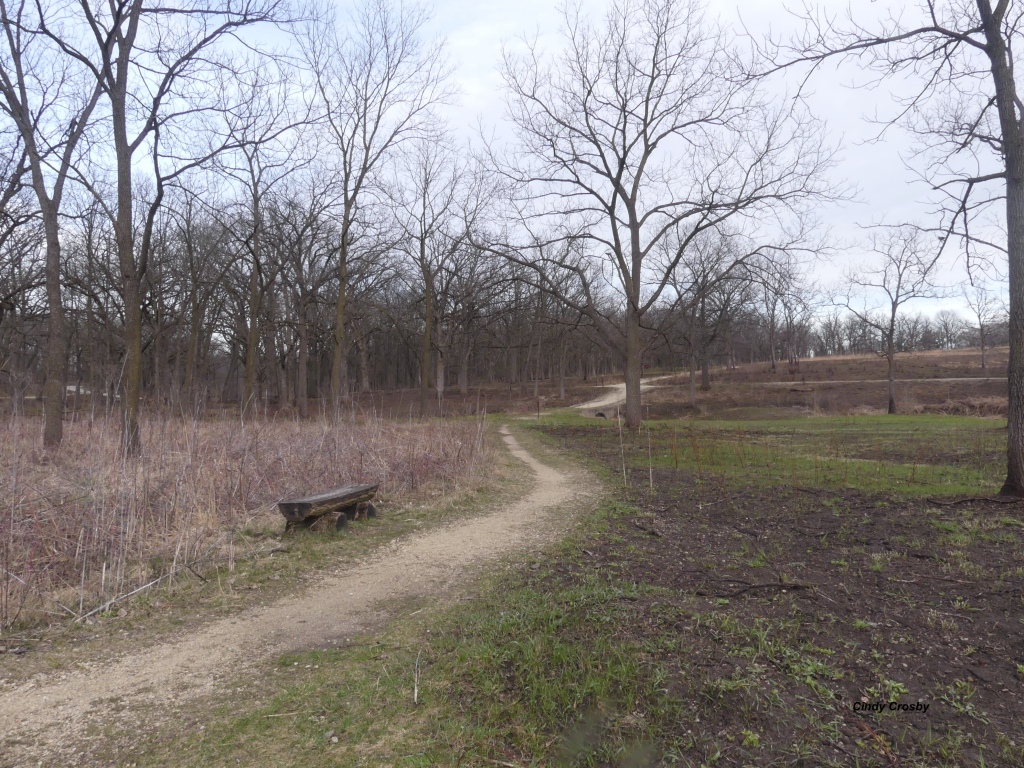“The earth laughs in flowers.” –Ralph Waldo Emerson
*****
May is out of the starting gate, and oh my goodness! Look at what it’s brought to the tallgrass prairie.

Here a wild hyacinth in bloom; over there another wild hyacinth…

…and look! A whole expanse of them sweetly scenting the afternoon air.

Wood betony spins its yellow tubular flowers across the prairie. It is “hemiparasitic,” meaning it helps check the vigorous growth of prairie grasses, and opens up spaces for more diversity on the prairie. Such a bizarre little bloom, isn’t it?

Daniel Moerman, author of Native American Ethnobotany, tells us that some Native American tribes called this plant a “love medicine root” for its use as a love charm. Its less attractive name, “Canadian lousewort,” referred to its indigenous use to delouse animals, especially among the Cherokee people, who also ate the cooked leaves.

Prairie violets, those kissing cousins of our more common blue violet, Viola sororia, lift their heads above the prairie mud. The April rains have helped them bloom, bloom, bloom. I love their fuzzy flower centers.

You might find it hybridizing with the common blue violet, with some interesting leaves as a result.

Nearby, the long-lived common valerian (Valeriana edulis var. ciliata) is like a air traffic control tower, with dozens of tiny insects zipping all around. It loves the sunny, moist open prairie, and shows its pleasure by spreading by seeds.

I love it for its unusual blooms, and it’s silvery-edged leaves.

Soon, it will go to seed.

Prairie alum root is also in bloom in some places on the prairie, its tiny flowers mostly overlooked.

But after all, it’s best known for its crinkly leaves. I planted it alongside my patio, where it looks lovely all through the growing season.

Prairie phlox (Phlox pilosa) is pretty in pink—and other natural variations of white, pink, or lavender.

Its clusters of tube-like blooms and flat petals, sometimes with interesting markings on the flower’s throat, create little bouquets offered to hummingbirds, butterflies, skippers, and long-tongued bees.

Later, the hairless smooth phlox (Phlox glaberrima interior) will follow in pink and lavender. There are plenty of garden varieties of phlox, but I love the native prairie species the best.

Nearby, the herbaceous late horse gentian shows tiny reddish brown blooms in its leaf axils.

The gold marble fruits, which show up later in the season, have seeds inside which supposedly resemble coffee beans.

Oddly, it’s in the honeysuckle family, not the gentian family. Another reason to remember that common names can trip us up.

Is there a better way to spend this first full week of May than going for a prairie hike? Who knows what you’ll discover!

Don’t wait another moment—go outside and see.
*****
Ralph Waldo Emerson (1803-1882) was an American poet and essayist, and the leader of the mid-19th Century Transcendentalist movement. His close friends included Henry David Thoreau, Margaret Fuller, and Bronson Alcott. Among his best known works is Nature and Other Essays.
*****
Join Cindy for a class or program this spring!
Tuesday, May 14, 6:30-8:30 p.m.-“Dragonflies and Damselflies: The Garden’s Frequent Fliers,” presented by the Joliet Garden Club, Barber and Oberwortmann Horticulture Center, 227 North Gougar Rd., Joliet, inside the main greenhouse. Open to the public.
Wednesday, June 5, 7-8:30 p.m. — “Bison Tails and Tallgrass Trails.” ONLINE only! Bensenville Public library. Free and open to the public. For registration details, call the library here.
Wednesday, June 12, 7-8 p.m. —“Dragonflies and Damselflies: The Garden’s Frequent Fliers” at Des Plaines Public Library, Des Plaines, IL. (In person) Free and open to the public. For registration details, see here.
Thursday, June 13, 10-11:30 a.m. —“A Tallgrass Prairie Hike,” Hilltop Gardeners Garden Club, Oswego, IL (offsite, private event).
Thursday, June 13, 6:30-8 p.m.— “Potawatomi Prairie Perspectives” with Gina Roxas, Executive Director of the Trickster Center, and Cindy in conversation. (The Morton Arboretum, Lisle, IL, Prairie Visitor Station– held outdoors, weather permitting). Registration and ticket costs here.
More programs and classes at http://www.cindycrosby.com.

























